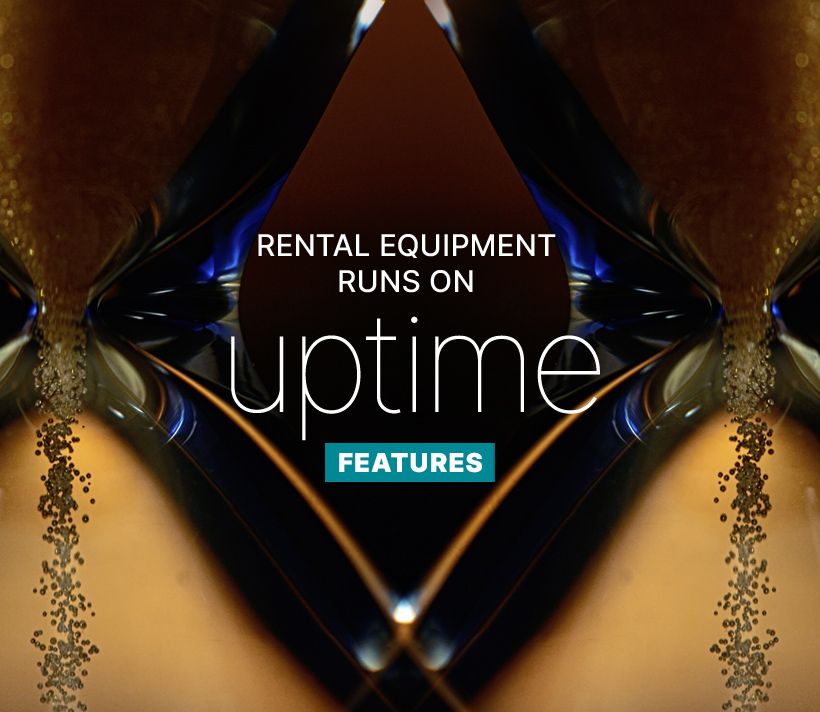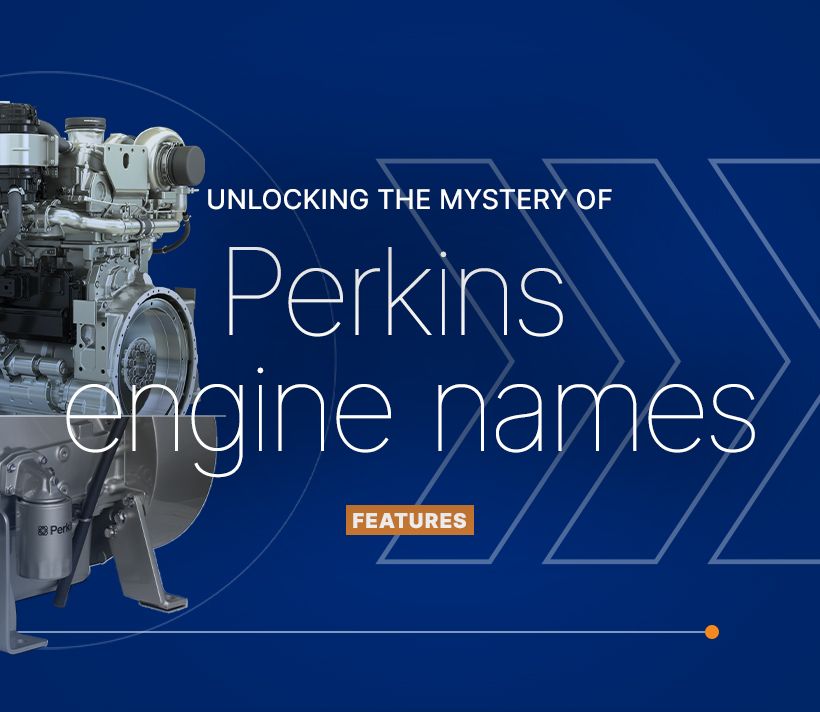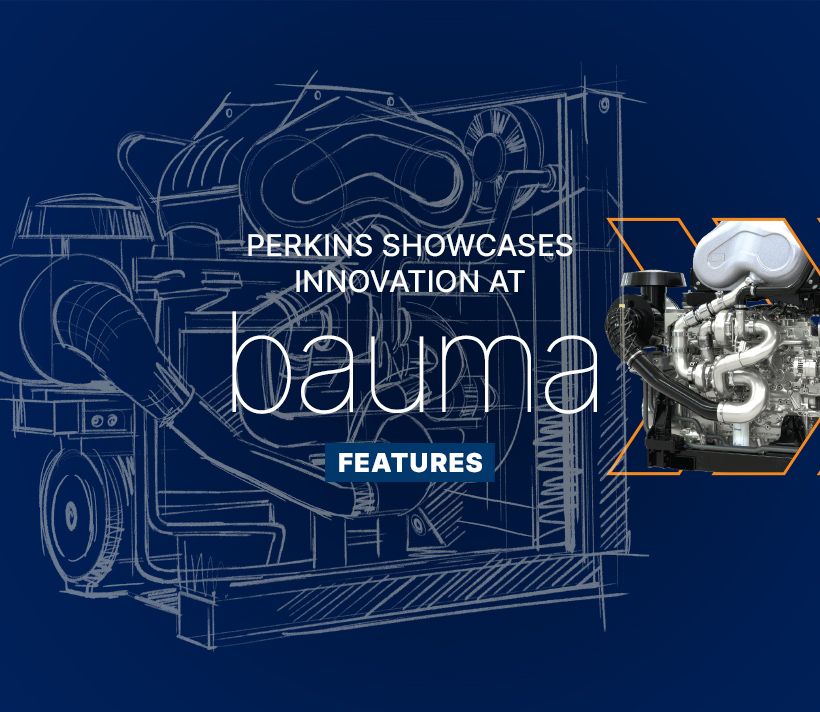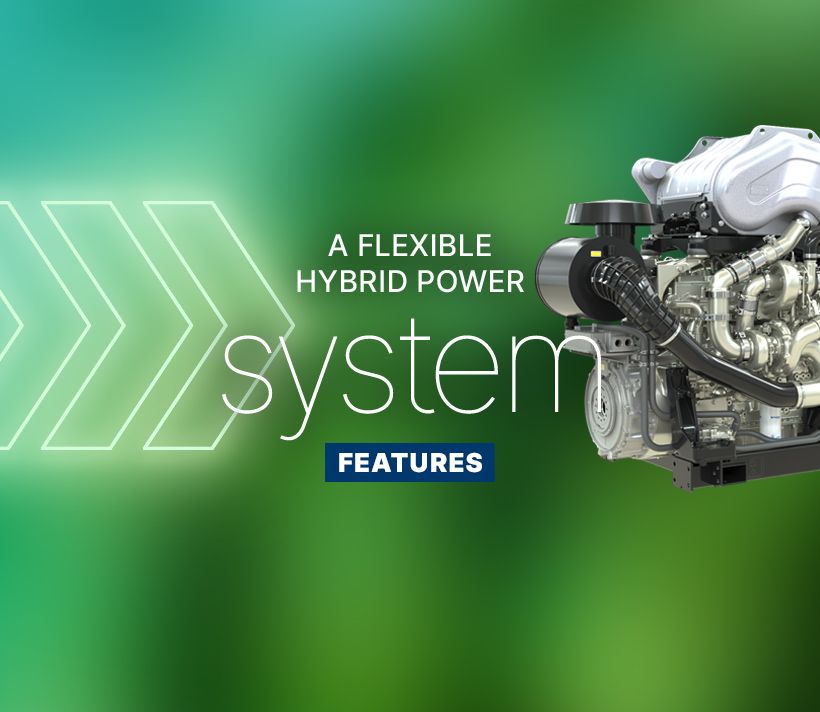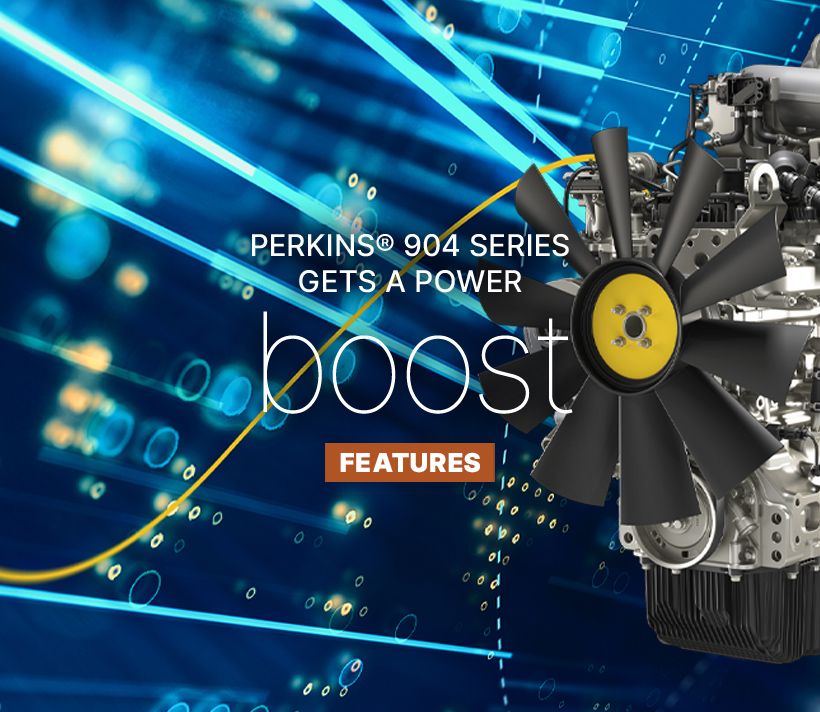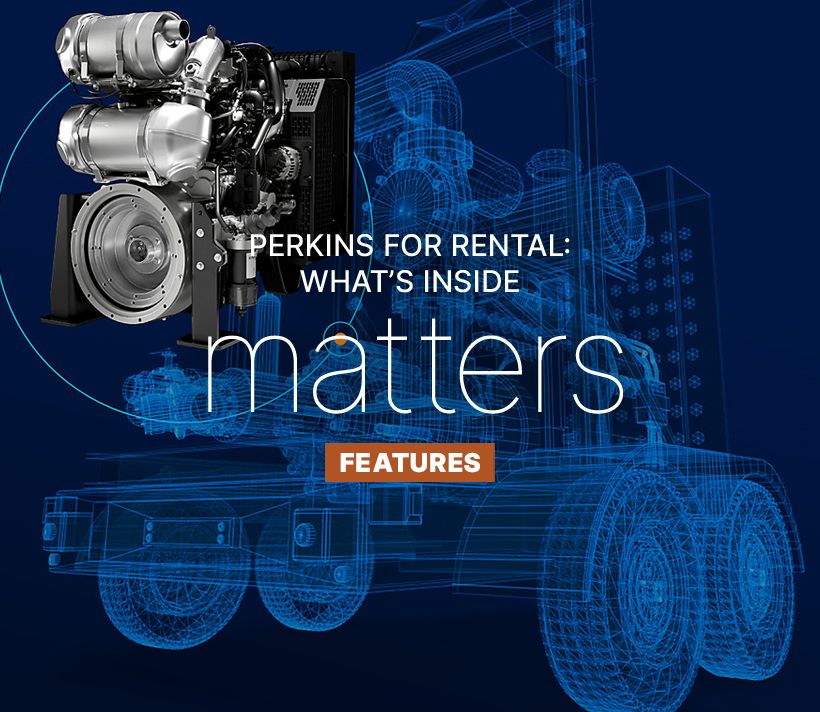Artificial Intelligence (AI) enabled technologies provide a golden opportunity for construction companies to increase efficiency across their entire value chain as well as delivering projects faster and cheaper. The industry is ripe for further AI adoption – and innovative equipment OEMs are leading the charge.
Construction companies have come up against the same patchwork of problems for decades, including poor productivity and profitability, inadequate planning, budget overruns and project delays. According to one recent report, fewer than one in three contractors finish projects on time and within budget1.
These recurring challenges are often attributed to the fact that construction companies are slow to embrace new methods and technological change. Instead, they cling to more traditional ways of planning, managing and executing projects, which leads to reduced margins for the firms, and dissatisfaction among their clients.
Finally, a new age of digital enablement seems to be arriving in construction, largely driven by revolutionary developments in AI. Companies are beginning to move to the digital age, as technologies arrive that improve performance and efficiency across every part of the construction life cycle.
AI is an overarching term for how machines can mimic human cognitive functions, such as learning, problem-solving and decision-making. Machine learning is probably one of the most game-changing innovations in AI, where statistical algorithms are used to enable computer systems to learn from data and become better at providing insights as they consume ever more of it.
Many experts agree that AI-based solutions will positively disrupt the construction industry in the next decade. By applying these tools to track and evaluate different stages of the construction pipeline, companies can improve efficiency in ideation and design, streamline complex construction sequences, improve project management, boost productivity and dramatically reduce their costs.
Innovative companies in the technology space, such as nPlan, Sensat and Continuum2 are working to enhance virtually every cog in the construction project life cycle through AI.
In the past, architects and engineers would spend countless hours creating designs and variations that met all the functional and compliance requirements of their clients.
With generative design, all those frustrating hours are minimised. Instead of all the onerous, manual work, designers use software that is connected to a database of previously constructed buildings. They enter all the parameters for the project, such as space requirements, cost constraints, preferred materials and required building performance into the software. The AI-optimised tool then analyses all possible combinations and automatically generates design options that meet the specified criteria.
The software learns from each new construction project, too, becoming a stronger tool with every iteration.
AI brings further opportunities to eliminate logistical inefficiencies and improve productivity during the construction process.
On sites where technological adoption is limited, up to a third of total project time3 continues to be spent on logistical headaches such as locating and moving materials, rearranging tasks, and the unnecessary downtime of man and machine. AI-based tools are capable of addressing all those challenges.
The latest wave of AI sees robots and drones working alongside algorithms to detect construction problems faster. Robots autonomously capture 3D scans of a site as construction progresses. The images are fed into a neural network where they’re compared with the original building plans and blueprints. The AI tracks progress against the original plan and automatically identifies errors, delays, or transgressions.
When issues are flagged, the project team can react immediately, avoiding the impact of more time-consuming and costly corrections at a later stage.
The AI can even be instructed to make changes to the construction schedule based on any infraction it identifies, automatically informing all relevant stakeholders and in turn increasing the likelihood of the project being delivered on-schedule.
Construction companies are also using AI-based solutions to improve site safety, security and productivity.
For example, sites are increasingly equipped with AI-enabled sensors, cameras and other connected devices to monitor for hazards and intruders, as well as keeping track of the location of workers and equipment. The technology enables firms to have an accurate, 360-degree, 24/7 picture of their site. They can quickly spot unsafe behaviour, move man or machine where they’re needed faster, and ultimately have a safer and more productive site that gets projects delivered efficiently and safely.
Construction machines have an essential role to play in keeping sites productive and profitable. So it’s no surprise that the OEMs responsible for building mission-critical equipment are harnessing the power of AI in their applications.
Probably the most radical example of AI in action can be seen in fully-autonomous, self-driving construction vehicles, which are already being deployed to global jobsites.
These machines are designed to perform repetitive tasks more efficiently than any human. A technician simply enters the necessary specifications for the job and the machine does the rest. Current AI-enabled machines are capable of doing tasks including demolition, excavation and groundworks, pouring concrete and even bricklaying.
All of this frees workers up to focus on more technical tasks and reduces the overall time required to complete a project.
While AI experts contend that the potential of autonomous vehicles can only be fully realised once super-fast 5G networks are in place, the technology is established and primed to transform the construction landscape.
Other, less invasive, but no less effective AI applications are being implemented by machine OEMs. AI-powered sensors, for example, are featured on equipment to help with overall function, operation and efficiency.
Sensors can monitor all kinds of conditions relevant to a machine and the job it is doing, including temperature, engine condition, and even data about the materials the machine is working with. Captured data is combined with AI tools to provide analysis and forecast any malfunctions, problems or delays before they happen – in turn preventing costly downtime.
Sensors are also used to assist drivers on technically complex jobs – for example, providing precision in digging trenches to specific depths or improving machine manoeuvrability on sites where space is limited.
Construction industry OEMs also incorporate AI technologies to improve site safety. Several manufacturers enable 360-degree vision for drivers by combining cameras placed around the vehicle with the latest AI-enabled object-tracking technology. This enables the machine to detect hazards automatically and alerts the operator, as well as anyone nearby, before there’s an accident.
Other manufacturers, meanwhile, are working to solve problems such as idling equipment and emissions through a variety of AI-driven methods.
According to even conservative estimates, autonomous machines can boost site productivity by 30 percent4 while the use of AI, combined with robotics and IoT, can reduce building costs by up to 20 percent5.
These studies are difficult to ignore. So while construction has historically adopted new tech at a crawl, many observers see a tipping point coming as companies finally adopt the advanced solutions to reduce errors and overruns, improve safety, and make construction operations more efficient in a dynamic new digital age.
1. Levelset: The 2020 National Construction Payment Report
2. Tech Nation: Meet the AI Companies that are Changing the Game within Construction and Manufacturing
3. Roland Berger: Artificial Intelligence in the Construction Industry
4. Foundamental: Want a Glimpse Into The Future World Dominated by Autonomous Vehicles
5. McKinsey: The Next Normal in Construction: How Disruption is Shaping the World’s Largest Ecosystem
Perkins’ collaboration with Trackunit, delivering real-time insights to customers, increasing productivity in the field.
Read moreFor industrial equipment rental, excellent technical support and parts availability is a necessity.
Read moreHave you ever looked at the name of a Perkins engine and wondered what all those numbers and letters actually mean? If so, you’re certainly not alone. But rest assured the nomenclature is anything but random.
Read morePower systems, services and technologies engineered for efficiency, productivity and fuel flexibility will be on show.
Read moreWhy stick to one fuel, when you can have a configurable power system?
Read morePerkins has announced a power uplift to the popular 3.6 litre variant.
Read moreWe chat to Corey Berry following the successful showings at American Rental Association (ARA) and United Rentals exhibitions.
Read moreWe headed to Malaga, Spain, to learn more and see the machine in action.
Read more



